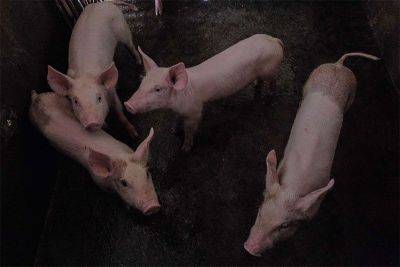No ham, no lechon for Christmas?
Another politically charged food crisis is looming this holiday season. There will likely be little or no ham or lechon for Christmas. Or because the price will be prohibitive for the fiesta-loving ordinary Pinoy, only Jose Mari Chan will remind us of past Christmas cheers.
Blame the resurgence of the African Swine Fever (ASF) epidemic that is causing piggery owners to sell their pigs in panic before they will be required to cull them. Recent data from the Bureau of Animal Industry (BAI) as reported by The STAR last week shows that ASF has spread to 32 provinces, up from 22 reported on Aug. 8.
There are 458 barangays affected nationwide by the ASF, nearly doubling the previous count of 251.
Professor Ramon Clarete, a professor at the UP School of Economics who is tracking agriculture, wrote in a BusinessWorld column that “the outbreak of ASF in Batangas province is the start of the second wave of the dreaded pig disease. The first was in 2019, and that dethroned Bulacan as the largest supplier of pork to the National Capital Region. That initially affected Luzon, but in the next two years, the whole country had its share of ASF. Batangas survived partly because a greater part of its industry was commercial, and biosecurity measures relatively protected from ASF.
“In this wave, ground zero is the province of Batangas, the largest supplier of pork to the NCR. Because of its port in Batangas City, the province is also an entry point of the pigs from Visayas and Mindanao into the NCR. As of this writing, I picked up from among the text messages I received on the topic, that 70 percent of the provincial pig industry has been killed by the virus or culled to arrest the spread of the disease.”
A former DA Undersecretary told me that “backyard hog raising is definitely dead. More than 60 percent of our supply comes from the backyard.”
My colleague, Cito Beltran who lives in Lipa and was into hog raising before the last epidemic, estimated that a marketable hog can sell anywhere from P35 to P50 thousand or even more. So, it is big money and big losses specially for the backyard pig raisers. He added that “feed costs have also skyrocketed and too much hassle from LGUs,







